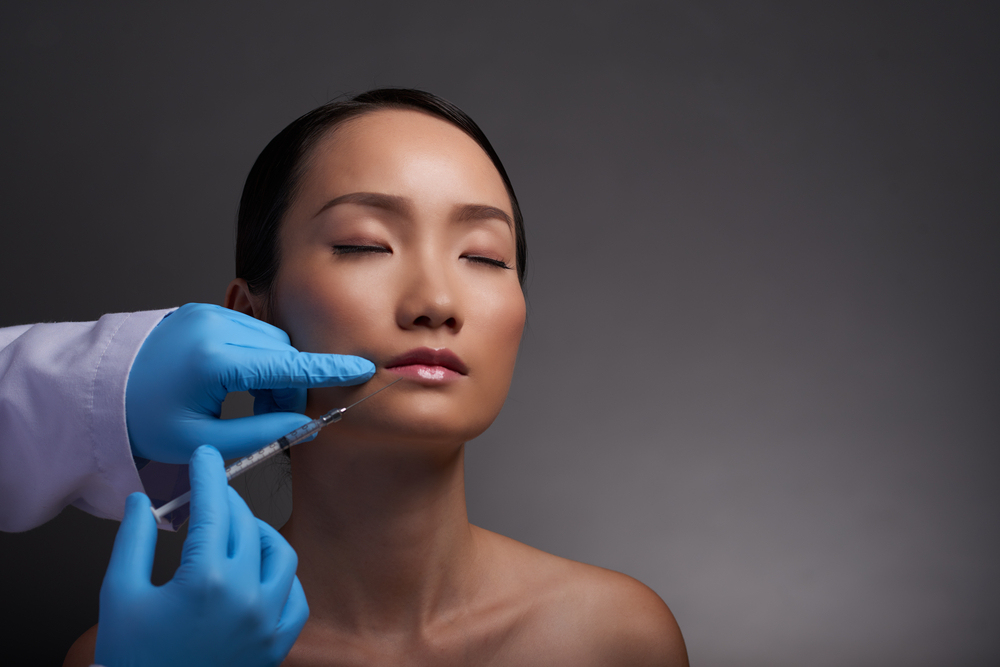Botulinum toxin (Botox) is a protein produced by a bacterium called Clostridium botulinum. Commonly associated with commercial cosmetic use, there’s much more to know about this chemical compound. Read on to learn about the basics of botox in this article.
What is Botox?
The clinical utility of Botox stems from its inhibition of nerve signalling between nerve endings and muscle fibers. This prevents muscular contraction, hence weakening or paralyzing skeletal muscle. When used appropriately, Botox is generally safe for cosmetic and medical treatment.
Read this article if you’d like to understand in greater detail about the procedure of getting a Botox injection.
What is Botox used for?
Botox injections are most commonly used for cosmetic purposes, to temporarily relax the facial muscles, smoothing out wrinkles in the forehead and around the eyes. But botox injections are also used to treat many other medical conditions:
- Muscle contractures can occur for many reasons, such as cerebral palsy, muscular atrophy (loss of skeletal muscle mass), and forms of muscular dystrophy (weakening and breaking down of skeletal muscle). Fundamentally, the muscle and its tendons shorten, resulting in reduced flexibility. In some cases, these contracted muscles can be relaxed with Botox injections.
- Chronic migraine characterised by the experience of migrainous headache spanning at least 15 days per month, it is highly disabling. Botox injections may help reduce headache frequency.
- Hyperhidrosis, which is excessive and abnormal sweating that is unrelated to heat or exercise. Normally, our brain activates the sweat glands when body temperature rises to help the body cool itself. In hyperhidrosis, the nerves that signal the sweat glands are overactive, causing sweat to drip or soak through clothes. Sufferers often experience social anxiety which may disrupt daily life. Botox works by blocking the nerves responsible for activating sweat glands, preventing excessive perspiration.
- Eye twitching (blepharospasm) is the involuntary, spontaneous contraction among the fine muscles of the eyelid. Botox injections may help relieve contraction or twitching of muscles around the eye.
- Strabismus (squint) is a misalignment of the eyes, where one eye turns inwards /outwards /upwards /downwards, leading to blurred or double vision. Botox can be injected into specific muscles in the eye to weaken them, aiding in realignment.
- Sialorrhoea (drooling or excessive salivation) is a common problem in neurologically impaired children (i.e., those with mental retardation or cerebral palsy). It is also present in adults who have Parkinson’s disease or have had a stroke. It is most commonly caused by poor oral and facial muscle control, which Botox can correct.
Are there different types of Botox?
Two main types of botulinum toxin have been formulated for clinical use, including botulinum toxin type A (BoNT-A) and botulinum toxin type B (BoNT-B). However, they’re often colloquially referred to collectively as “Botox”. Commercially available formulations include:
- Onabotulinumtoxin A (Botox)
- Abobotulinumtoxin A (Dysport)
- Incobotulinumtoxin A (Xeomin)
- Prabotulinumtoxin A (Jeuveau)
- Rimabotulinumtoxin B (Myobloc)
BoNT-A formulations are most commonly used for cosmetic applications. The four BoNT-A formulations are made by different manufacturers. Although they contain the same active ingredient, they have subtle differences which may affect the diffusion, efficacy and potency of the injection. Cost and dosage vary too.
Rimabotulinum toxin B is the established name for botulinum toxin type B. It is the primary agent used for medical purposes e.g. the treatment of involuntary muscular contractions, and chronic sialorrhea.
Who should avoid Botox?
- If you’re pregnant or breastfeeding
- History of an allergic reaction to the drug or any of its ingredients
- Allergy to cow’s milk protein (specific to certain formulations); not the same as lactose intolerance
What are the risks and side effects of Botox?
Botox is generally well-tolerated. Most side effects are temporary and should fade within a few days.
Common minor side effects include:
- Mild pain or bruising/swelling around the injection site
- Headache or flu-like symptoms
- Temporary weakness in nearby muscles
Some side effects are tied to the area of injection, especially in cosmetic procedures. They are due to the unintentional effects of the toxin on muscles surrounding the target areas of the drug. These should improve as the toxin wears off.
If you receive injections in the eye area, you may experience:
- Dry eyes or severe tearing
- Temporary eyelid drooping
For injections around the mouth, you may experience:
- Crooked smile
- Drooling
Other possible complications resulting from medical use of Botox:
- Urinary problems after treatment for urinary incontinence
- Double vision after treatment for strabismus
- Corneal ulceration after treatment for blepharospasm
In rare cases, the botulinum toxin can spread to other body areas beyond where it was injected, causing life-threatening side effects.
When to seek Medical Attention?
Seek medical attention if you experience any of these side effects (up to several hours or weeks after an injection):
- Trouble breathing, talking, or swallowing
- Loss of bladder control
- Vision changes
- Irregular heartbeat; chest pain or pressure, pain spreading to your jaw or shoulder (signs of a heart attack)
Due to the potential complications of Botox injections, it is imperative to go to qualified specialists / board-certified dermatologists for aesthetic procedures. This is because they are relatively safe when performed by experienced physicians











